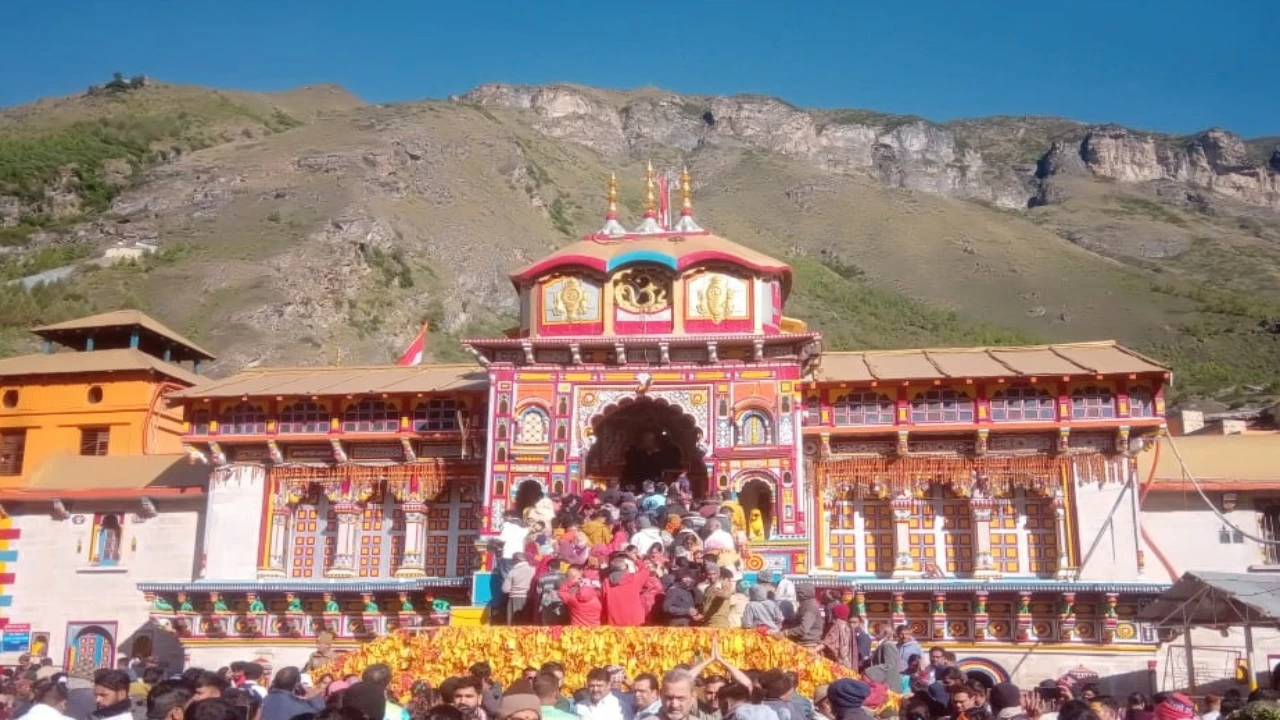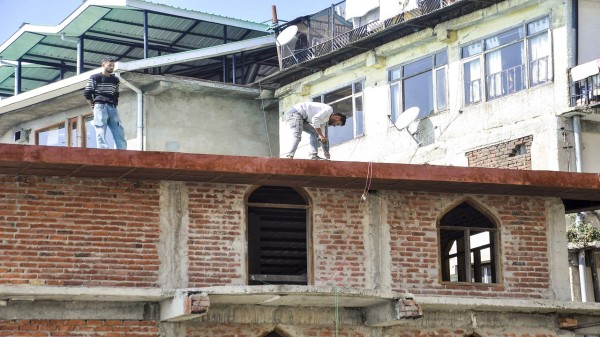

By signing in or creating an account, you agree with Associated Broadcasting Company's Terms & Conditions and Privacy Policy.


By signing in or creating an account, you agree with Associated Broadcasting Company's Terms & Conditions and Privacy Policy.

Badrinath: The Char Dham Yatra of Uttarakhand is one of the most sacred pilgrimages in India. Every year, millions of devotees visit the four holy shrines, Gangotri, Yamunotri, Kedarnath, and Badrinath, to seek blessings. As winter approaches, the doors of these temples are closed following age-old traditions. Among these, the closing ceremony of Badrinath Dham stands out for its unique and deeply symbolic rituals.
This year, the doors of Badrinath Dham will close on November 25 at 2:56 pm. But the process of closing begins four days earlier, starting with the Panch Puja rituals. These ceremonies are not just religious acts; they carry centuries of tradition, mythological significance, and spiritual symbolism.

Panch Puja rituals
The closing process begins on November 21 with the worship of Lord Ganesha. According to tradition, no ritual can begin without invoking Ganesha, the remover of obstacles. On this day, the doors of the ancient Ganesha temple inside the Badrinath complex are closed first. This marks the beginning of the journey towards the final closure of the main shrine.
On November 22, the temples of Lord Kedareshwar and Adi Guru Shankaracharya will be closed. Priests bid farewell to these deities with full respect, symbolizing the completion of their annual worship cycle.
On November 23, the ritual of Pustak Bandi takes place. The sacred Khandu (Khadak) book, representing Vedic scriptures, is closed. This signifies that the recitation of the Vedas will pause until the temple reopens in summer. The sound of chanting stops, creating a silence that reflects the temple’s transition into rest.
On November 24, Goddess Mahalakshmi is invoked. This prepares the sanctum for the most important ritual—the union of Goddess Lakshmi with Lord Vishnu, performed in a unique way by the chief priest.
The Chief priest’s disguise
One of the most fascinating traditions of Badrinath Dham is the ritual performed by the Rawal (chief priest) before the temple doors are closed. On the evening of November 24, the Rawal dresses as a woman, wearing a sari and ornaments. In this disguise, he welcomes Goddess Lakshmi into the sanctum sanctorum.
This ritual is symbolic. It represents Goddess Lakshmi entering the sanctum as a friend, accompanied by the Rawal in female form. Once Lakshmi is seated beside Lord Vishnu, the deities Kubera, Uddhava, and Garuda are respectfully moved outside the sanctum for worship.
Tradition highlights the union of prosperity (Lakshmi) and austerity (Vishnu)
According to priests, this tradition highlights the union of prosperity (Lakshmi) and austerity (Vishnu). It reinforces the importance of the Mother Goddess in spiritual life and reminds devotees that prosperity and devotion must walk hand in hand.
Ashutosh Dimri, President of the Badrinath Pujari Samaj, explains: “The disguise of the Rawal is not just a ritual; it is symbolic language. It shows that Goddess Lakshmi’s presence completes the cycle of worship. Without her, Lord Vishnu’s rest in Vaikuntha would be incomplete.”
Closing of the doors
Finally, on November 25 at 2:56 pm, the doors of Badrinath Dham are closed. The idol of Lord Badri Vishal is decorated with yellow flowers, symbolizing purity and devotion. The closing time is decided based on traditional almanac calculations.
After the closure, the idols of Kubera and Uddhava are taken to the Yoga Dhyan Badri Temple in Pandukeshwar, where worship continues for six months. The throne of Adi Shankaracharya and the idol of Garuda are placed in the Narasimha Temple in Joshimath. This ensures that the cycle of worship remains unbroken, even though the main shrine is closed due to heavy snowfall in the Himalayas.
Mythological and historical significance
According to Hemant Dwivedi, President of the Badri-Kedar Temple Committee, the closing date is decided every year on Vijayadashami after consulting the almanac. He adds: “The eternal flame inside the temple continues to burn for six months, symbolizing the uninterrupted presence of divine energy.”
History also records that the idol of Lord Badrinarayan has always been transferred to Jyotirmath during winter. Worship continues there in his representative form, keeping the faith alive among devotees.
Even gods take a break for penance
For devotees, the closing of Badrinath Dham is not just the end of the pilgrimage season. It carries a deeper spiritual message. As Dharmacharya Pratik Mishra Puri explains: “This tradition suggests that even gods take a break for penance. For devotees, it is a time of self-reflection, patience, and faith.”
Closing ceremony is attended by thousands of devotees every year
The closing ceremony is attended by thousands of devotees every year. The temple is decorated with quintals of flowers, and the atmosphere is filled with devotional chants. The sight of the Rawal dressed as a woman, welcoming Goddess Lakshmi, leaves a lasting impression on pilgrims, reminding them of the richness of Hindu traditions.
As the doors close for winter, devotees carry home the spiritual message of patience, faith, and the eternal bond between Lakshmi and Vishnu. The ritual reminds everyone that even in silence and rest, the cycle of worship continues, keeping the flame of devotion alive until spring returns.












